Glosten Readies PelaStar for the US Wind Energy Market
Glosten is growing its PelaStar partner network to prepare for Phase 2 of the U.S. Department of Energy’s Floating Offshore Wind ReadINess (FLOWIN) Prize. The expanded team will focus on identifying facilities and the requisite investment to enable U.S.-based platform fabrication and marine logistics capabilities; creating workforce development plans focused on local manufacturing in underserved communities; advancing engineering readiness for ultra-deepwater sites in the U.S. market; refining design details to further reduce cost and environmental impacts; conducting an environmental impact assessment; and studying the feasibility of ocean co-use with fisheries and marine navigation.
In early April, the Department of Energy announced that the Glosten-led team was among the Phase 1 winners of the FLOWIN Prize. This indicates the technical readiness of the PelaStar tension leg platform (TLP) to scale for commercial success in the US market.
“Winning Phase 1 was an important step in our commercialization path in the US market. We are now building on that success by expanding the team to help accelerate our plans for the manufacture and assembly of our PelaStar platforms at gigawatt scale,” said PelaStar Managing Director Ben Ackers.
The expanded FLOWIN team consists of key supply chain members as well as delivery partners that will be involved across the design, fabrication, assembly, and deployment stages of projects. Key partners include Foss Offshore Wind, Everett Floating Structures, GMC, FibreMax, Dyneema, and TRC.
“Foss is invested for the long term in enabling the development of the deep-water offshore wind market through our marine transportation and terminal services tailored to the industry,” said Joel Whitman, president of Foss Offshore Wind. “Glosten’s comprehensive solutions and its success at aligning world-class partners move us in a significant positive direction toward bringing the vision to the development of this new energy source to fruition.”
While Phase 1 provided an important confirmation of PelaStar’s design readiness, the team knows there are important challenges to address in the realization of floating wind off all the US coasts. To enable this once-in-a-generation industrial capacity, significant investments are needed. The expansion of port and vessel infrastructure, build-out of U.S.-based steel fabrication capacity, and refinement of cost-effective assembly and deployment methods are primary areas of focus that will provide economic benefits to a range of communities across the country. In Phase 2, the Glosten-led team will develop plans to address these challenges and help other stakeholders plan for the production and deployment of PelaStar platforms.

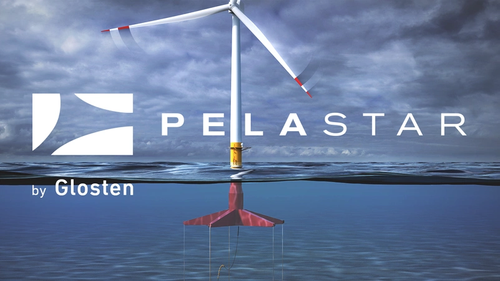

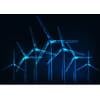
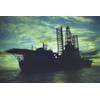
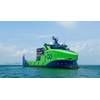
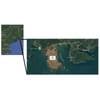
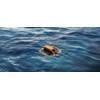






 December 2025
December 2025



